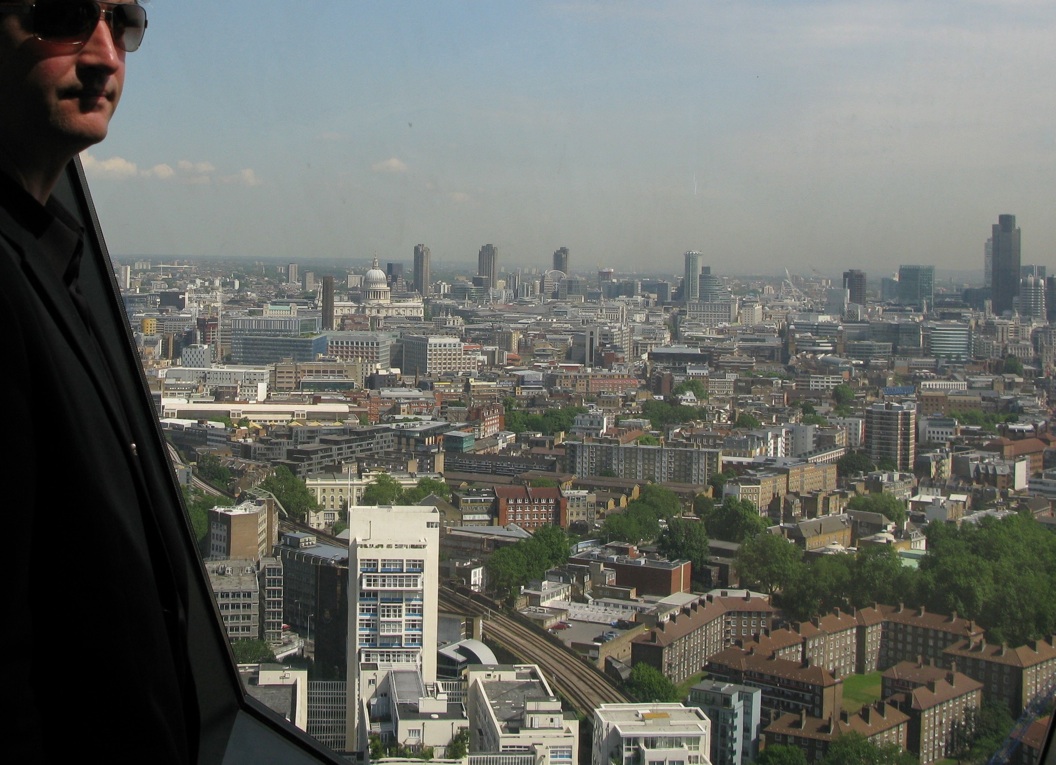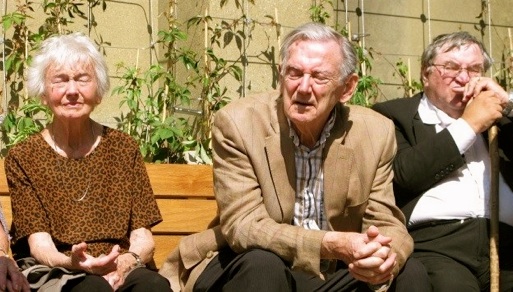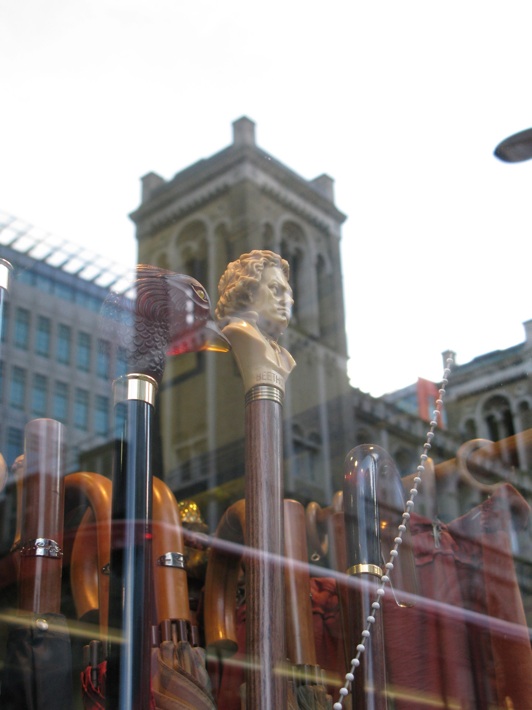


Stephen Lawrence...
(Tuesday, 3 January, 2012): Gary Dobson, aged 36, and David Norris, 35, are found guilty by an Old Bailey jury of the racist murder of STEPHEN LAWRENCE, a black 18-year-old A-Level student, who was stabbed to death close to an Eltham bus stop in south-east London in April 1993.
Part of the trial was based on newly discovered forensic evidence, involving a tiny blood stain on Mr Dobson’s jacket that could only have come from Mr Lawrence.
The original police investigation failed, as did two prosecutions, one brought by Stephen Lawrence’s parents. A public inquiry deemed London’s Metropolitan Police as “institutionally racist”.
The inquiry had named five men, including Dobson and Norris, as “prime suspects”. Then the law was changed to make it possible for a suspect to be put on trial more than once for the same offence.
Forensic scientists discovered the fresh evidence during a four-year long case review.
After the verdict, Duwayne Brooks, Lawrence’s close friend who was with him that night, said on Twitter: “Some JUSTICE at last.”*
Commentary: A promising student, Stephen Lawrence wanted to be an architect. Sadly, Stephen became an unintentional martyr to the cause of improving police treatment of the United Kingdom’s black communities**.
For many years it seemed the flawed original Metropolitan Police investigation into Stephen’s murder, its failure amid dark hints of corruption – and police ill-treatment of Duwayne Brooks, Stephen’s friend and a vital witness to the crime – would be the murder’s enduring legacies.
But tireless campaigning for justice by Doreen and Neville Lawrence, Stephen’s parents, focused police attitudes and resources on bringing at least two of the racist gang to justice.
The Lawrences also helped forge a broad public consensus against racial violence, replacing a callous police and public indifference towards the victims of racial harassment and violence that had prevailed since the late 1950s.
Politicians like to believe overt police racism is now largely consigned to the past but many young people, particularly young people of African-Caribbean heritage, still experience what they consider to be aggressive, incessant and random ‘stop and searches’ on the streets.
Inequality in London may now be more about poverty, deprivation and class but race and racism still stifles the lives of many young people, particularly in the job market.
London in 2012 is a better place than in April 1993 but one of the high prices paid – the life of Stephen Lawrence – should always remind Londoners they’re right to suspect that race and racism sleep lightly in this city.
* Twitter: “Some JUSTICE at last.” - Duwayne Brooks
** Black communities = areas where British-born people of African-Caribbean and Asian (Indian sub-continental and Indian-Caribbean) origin live in significant numbers.
© Words and Photos: (Paul Coleman) LONDON INTELLIGENCE All Rights Reserved 2012









Opening of the Marchmont Street Community Garden
(London Intelligence, Autumn 2011).








JANUARY/FEBRUARY MARCH/APRIL MAY/JUNE JULY/AUGUST SEPTEMBER/OCT NOVEMBER/DECEMBER

(Below): BEETHOVEN on a walking stick reflected in shop window of specialist umbrella and walking stick outfitters James Smith & Sons, established in 1830, on New Oxford Street in central London
© Paul Coleman LONDON INTELLIGENCE All Rights Reserved 2012